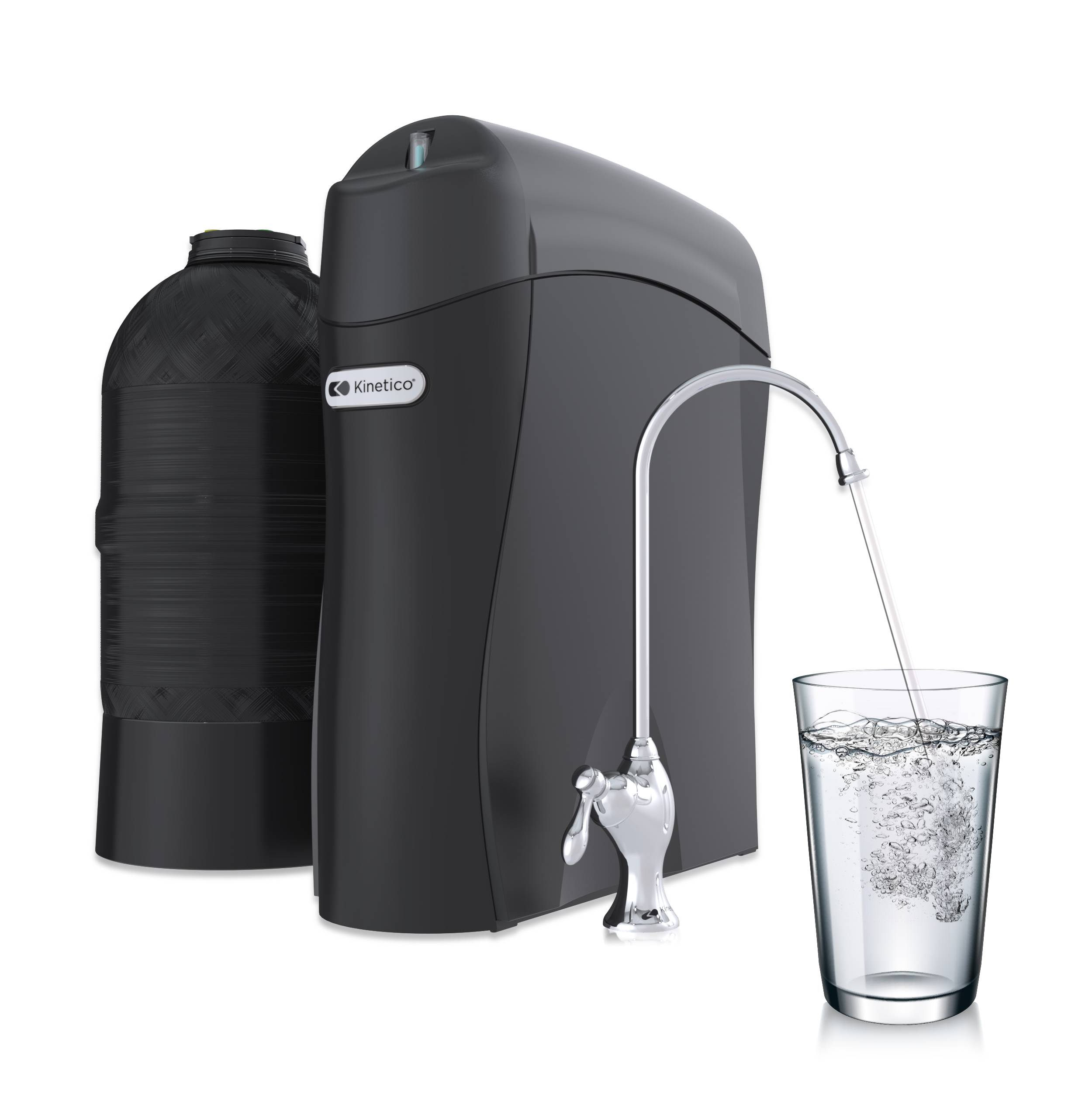Bob is a good friend of mine who has city water. One day I was heading over to Bob’s house for a get together with some friends. I was running late due to traffic and when I got close enough to see what the problem was I realized it was a water main break. When I got to Bob’s house I had explained my travel woes and Bob said he had heard of the break because he had gotten a boil alert for his city water. Unfortunately, Bob also said he doesn’t pay any attention to the boil alerts because he has his own water equipment. I was surprised because I have known Bob for a long time, and I know that he only has a water softener.
I explained to Bob how serious the problem could be if he didn’t boil his water, but he brushed it off. Bob came around when I had him look up diseases caused by microbes commonly found in contaminated water sources: Legionnaires, Cryptosporidiosis, and Giardiasis.
Here is where Bob went wrong. Water treatment equipment is specialized to remove specific contaminants from water. In Bob’s case, a water softener is designed to remove hardness minerals and some iron. Softeners don’t sanitize, kill or remove bacteria. A water softener will continue to soften the water during a boil alert; however, there are some precautionary steps that need to be taken once the boil alert is lifted.
If the softener is used during a boil alert, afterward it will need to be sanitized. To protect your investment, I recommend calling your local water professional to help with the sanitization procedure on any water treatment equipment. Sanitizing the water softener and plumbing will help kill most microbes that may have been in the water during the boil alert.
Most commonly-used residential systems—ultraviolet light systems (UV), reverse osmosis systems (RO), deionized water treatment systems (DI), carbon filters (Brita filters, granular activated carbon filters, etc.)—are not considered 100% effective during a boil alert. There are a few systems that have been certified to NSF protocol P 231 and/or the EPA Microbiological Purifier Guide Standard Protocol. Units passing those very challenging tests can be trusted to process microbiologically contaminated supplies. If you have any doubt of what your water treatment equipment is designed to remove, do some research and/or consult your local water professional.
Since most water treatment equipment won’t effectively safeguard your home during a boil alert, then how can you safely use the water supplied by your local water source? The CDC (Centers for Disease Control and Prevention) states that during a boil alert water should be brought to a rolling boil for one full minute, then transferred to a sanitized storage container.
Keep in mind a private well can just as easily become contaminated by microbes and can create the same problems as a city water boil alert. Most private wells are not regulated, and it is the private well owner’s responsibility to check the quality of the water drawn from the well before using. You may be asking yourself, “how could my well become contaminated out of the blue?” The same way treatment facilities can become contaminated. Here is a perfect example that almost cost me my best friend.
Ohio got hit with a brutally cold winter around the start of 2014. With the wind chill it was -11°F, and as luck would have it my private well stopped working. I have an above-ground well pump that draws water up from the well and fills a storage tank in my basement. In most cases, having the pump above ground is a blessing, being that the pump is located in my warm basement. However, the failure occurred in the well itself. After hours of chiseling my way through the frozen tundra I successfully found and opened my well. As most seasoned plumbers would tell you, if you only replace what you thought was broken, you will most likely have to do it again. For that reason, I took the extra time to replace all my pipes and fittings, restoring water to my home.
Less than a week later, my 6-year-old black lab become deathly ill. After several weeks of clinical blood work, lymph node biopsies, and 3 different anti biotic treatments we started to plan for the worst. Fortunately, I remembered that I hadn’t sanitized my well after making those repairs—an oversight that had caused my dog to get a terrible bacterial infection. I stopped giving him our water, sanitized the well and started another round of antibiotics. Lo and behold, my little buddy got better every day!
It is very important to make sure you fully understand what contaminants are in your water, whether you have a private well or rely on other facilities to treat your water. Look into how your water is treated, and verify that it is removing all the contaminants you want it to remove. If you find something inadequate, ask your local water professional what kind of equipment would be needed to bring the water up to your expectations.


